Wondermondo 🢖 Lists and articles 🢖 Lava lakes of the world
Publication
Lava lakes of the world
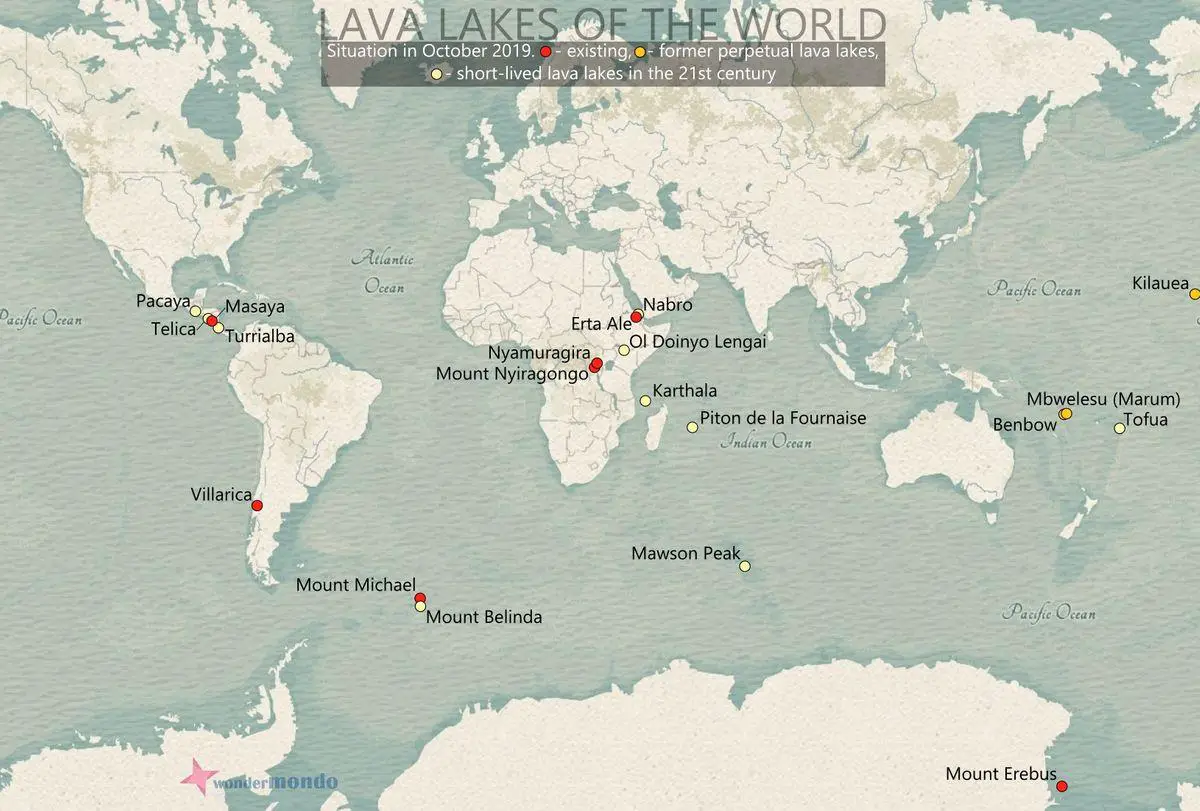
 In short
In short
The number of lava lakes in the world changes. Thus, over 2018-2019 disappeared three lava lakes that previously existed for decades.
As a result, in October 2019 we have seven existing lava lakes on Earth. Three more existed for a longer time in the recent past. Besides this, since the year 2000 short-lived lava lakes and lava ponds existed in 11 more places. Wondermondo has listed them all in this article.
Map of the sites
If you see this after your page is loaded completely, leafletJS files are missing.
 What is a lava lake?
What is a lava lake?
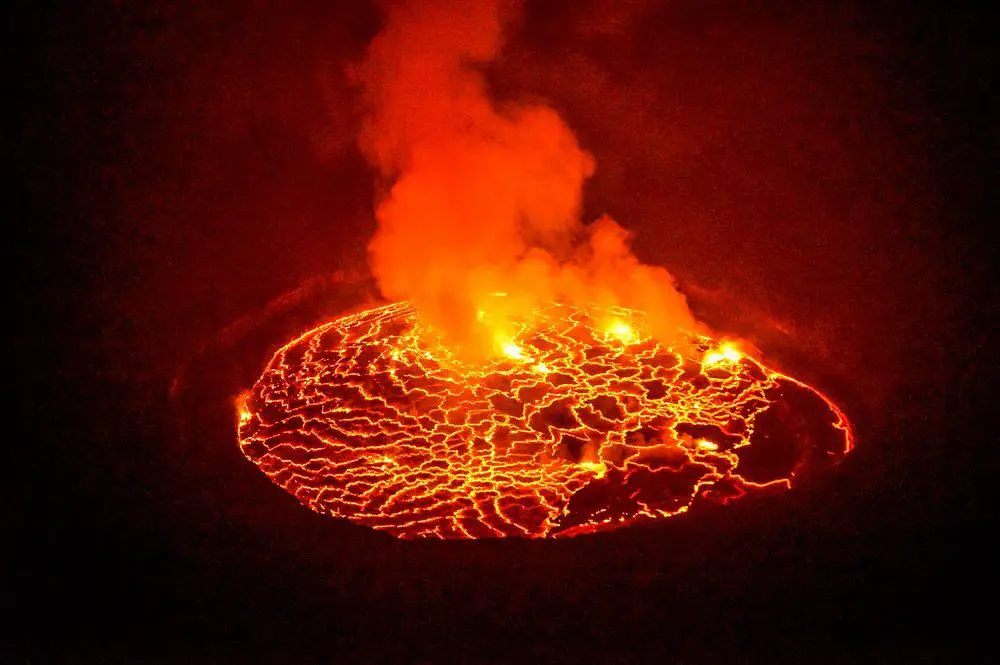
Sometimes in the volcanic vent (the opening through which erupt volcanic lava or gases) or in other low areas forms a large mass of molten rock – lava. In most cases, such lava lakes are short-lived because the lava cools down after the end of the eruption and turns into a rock. But in rare cases, lava lakes form in the volcanoes and “live” for decades and even centuries.
Such permanent lava lakes need quite special circumstances – a steady supply of lava and heat and good viscosity and homogeneity of lava. There is needed a constant stirring of the lava so that it does not cool off. This is achieved mostly by gases that leave the lava, creating impressive fountains.
Inaccessible lava lakes
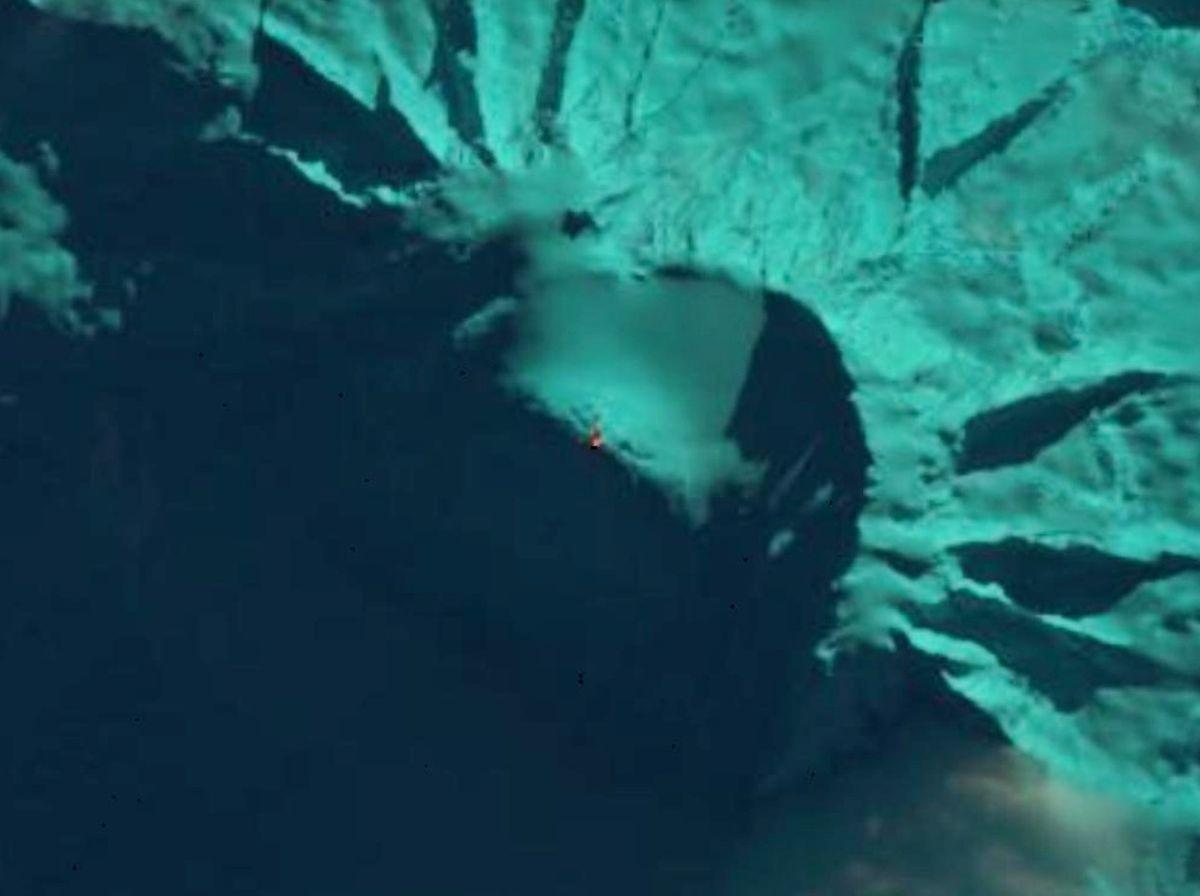
These specific conditions meet only in a few places on Earth. Here an intriguing fact is that some of these lava lakes are in areas that are very hard to access. Sure, Erta Ale and Mount Erebus are in inhospitable areas that are not too inviting for a general tourist. But much, much worse is Mount Michael – here the elusive lava lake is well protected from visitors. Around the summit of this volcano is a thick layer of ice and snow. Walk there if you dare – but this thick layer of snow is half-melted, with countless cracks and caves in it. One extra step towards the crater – and the ground will collapse inevitably. Thus humans have not seen the lava lake of Mount Michael with their eyes – only through satellite images. It is possible that at least one more such elusive lava lake exists on the Mawson Peak of Big Ben volcano on Heard Island.
Short-lived lava lakes and ponds in the 21st century
Several more lava lakes and lava ponds existed for shorter periods of time since 2000. Such features more often are called “lava ponds” and exist for a short while.
Africa
- Karthala in Comoros is quite active volcano. In April 2005 in Chahalé crater formed an impressive lava lake which after some days “froze”. Then, in November was a great, 60-80 m wide lava lake. A few weeks later it was “frozen” again. Similar short-lived episodes repeated on May 2006, and January 2007. (9)
- Ol Doinyo Lengai – This unique carbonatite volcano in Tanzania often has had small, short-lived lava lakes, which have been registered in different lava cones in 2000, 2001, 2002, 2004, 2005, 2006, 2009, 2011, 2018. (7) Carbonatite lava melts at comparatively low temperatures and this is not a glowing red lava, but a less impressive black liquid.
- Nabro Volcano in Eritrea, Danakil Depression had an unexpected eruption in 2011. Then, something similar to a lava lake was noticed in the northern caldera of the volcano. (10)
- Piton de la Fournaise in Réunion often had short-lived lava lakes, which have been observed also in 2000, 2001, 2002, 2008, 2015, 2018, and 2019. These were small ponds erupting lava flows and not long-lived lava lakes. (8)
Central America
- Pacaya – this Guatemalan volcano had a lava lake in August 2000 – June 2001. The glow of the lake was visible from Guatemala City. (3)
- Telica in Nicaragua repeatedly had short-lived lava lakes – in 1971 and in late 1999-early 2000. (5)
- Turrialba in Costa Rica had a small lava lake in June 2017. There is no further information about its existence. (6)
Islands of the Pacific Ocean
- Pu’u ‘Ō’ō crater in Hawaii (not shown on the map – on Kilauea volcano close to Halemaumau) repeatedly had a lava pond in March 2002, July 2005, September 2008 – early 2009, March 2011 – early August 2011, August – September 2011, January – December 2013, January-August 2014, January 2017 – May 2018. Sometimes this smaller pond increased to a more significant size. (11)
- Tofua volcano in Tonga had a vent (named Lofia) with glowing lava in May-June 2006. This was a comparatively small pond of lava… but technically – also a lava lake. It has existed earlier as well, e.g. in 1993 and some characteristics of lava lake were observed also later, in 2009 and 2010. (4)
Subantarctic islands
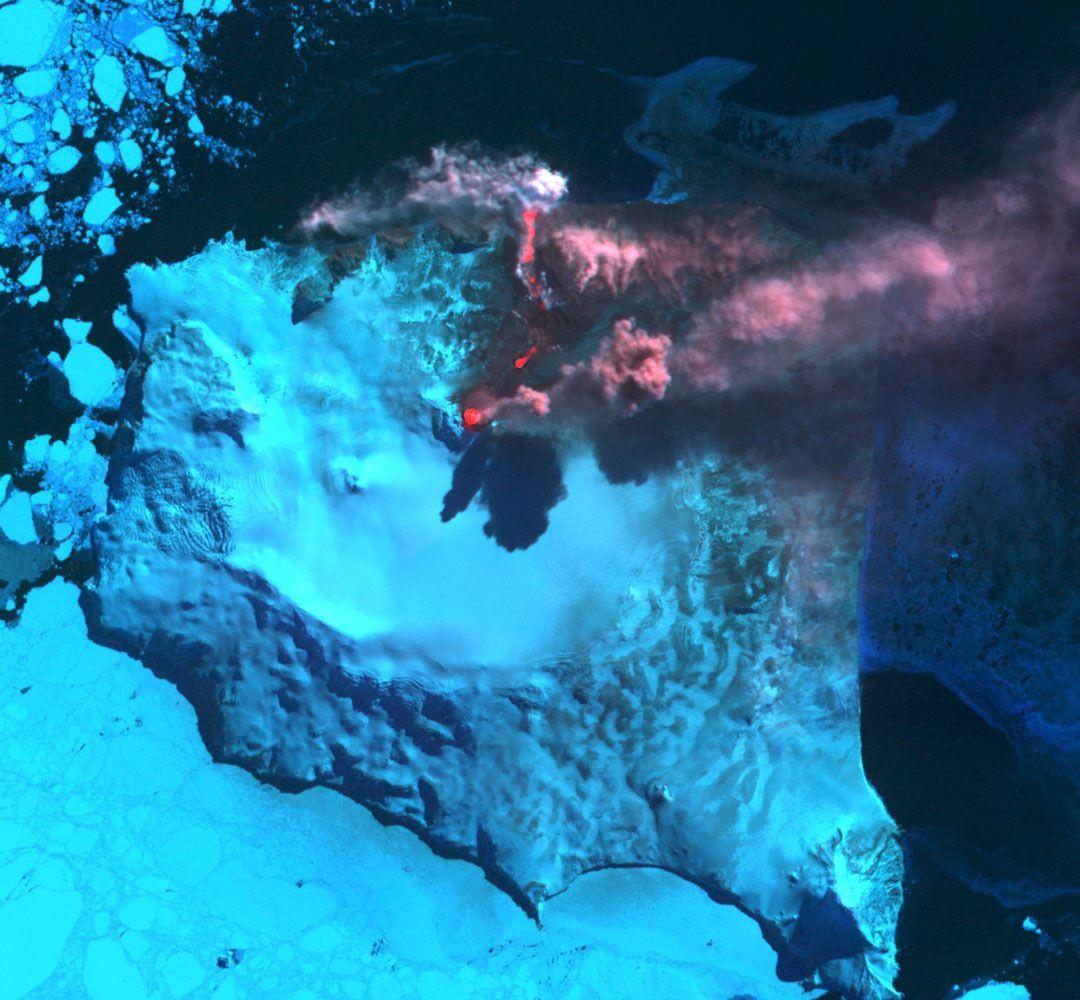
/Jesse Allen/Earth Observatory/HIGP Thermal Alerts Team, Flickr / public domain
- Mawson Peak of Big Ben is located on the remote Heard Island. The last eruption took place here in 2008. Then satellite data showed that there is a lava lake with a diameter of 100-150 m. It is possible that this lava lake exists here up to this day.
- Mount Belinda is in South Georgia and South Sandwich Islands, Montagu Island. The lava lake was noticed here by the satellite in 2004 and, most likely, now does not exist anymore. The eruption of the volcano in 2002 – 2009 was quite impressive because it created a 90 m wide, subglacial river under the glacier.
References
- Mount Erebus Volcano Observatory, New Mexico Tech. Accessed on April 22, 2019
- Erebud, Smithsonian Institution, National Museum of Natural History, Global Volcanism Program. Accessed on April 22, 2019
- Pacaya Volcano – John Seach, Volcano Live. Accessed on October 19, 2019
- Tofua, Global Volcanism Program, Smithsonian Institution. Accessed on October 19, 2019
- Telica, Global Volcanism Program, Smithsonian Institution. Accessed on October 19, 2019
- Turrialba, Global Volcanism Program, Smithsonian Institution. Accessed on October 19, 2019
- Ol Doinyo Lengai, Global Volcanism Program, Smithsonian Institution. Accessed on October 19, 2019
- Piton de la Fournaise, Global Volcanism Program, Smithsonian Institution. Accessed on October 19, 2019
- Karthala, Global Volcanism Program, Smithsonian Institution. Accessed on October 19, 2019
- Nabro, Global Volcanism Program, Smithsonian Institution. Accessed on October 19, 2019
- Kilauea, Global Volcanism Program, Smithsonian Institution. Accessed on October 20, 2019
 Existing and recent lava lakes
Existing and recent lava lakes
01
Erta Ale
 60.6%
60.6%
Ethiopia, Afar Region, Danakil Depression
Size of the lake: Diameter – some 50 m
How long does it exist? 1967 – now
Erta Ale is a typical shield volcano with gentle slopes, some 50 km wide but rising just for some 700 meters. Sometimes lava spills over the rim of the crater and at night the glow of lava is seen far away from the volcano.
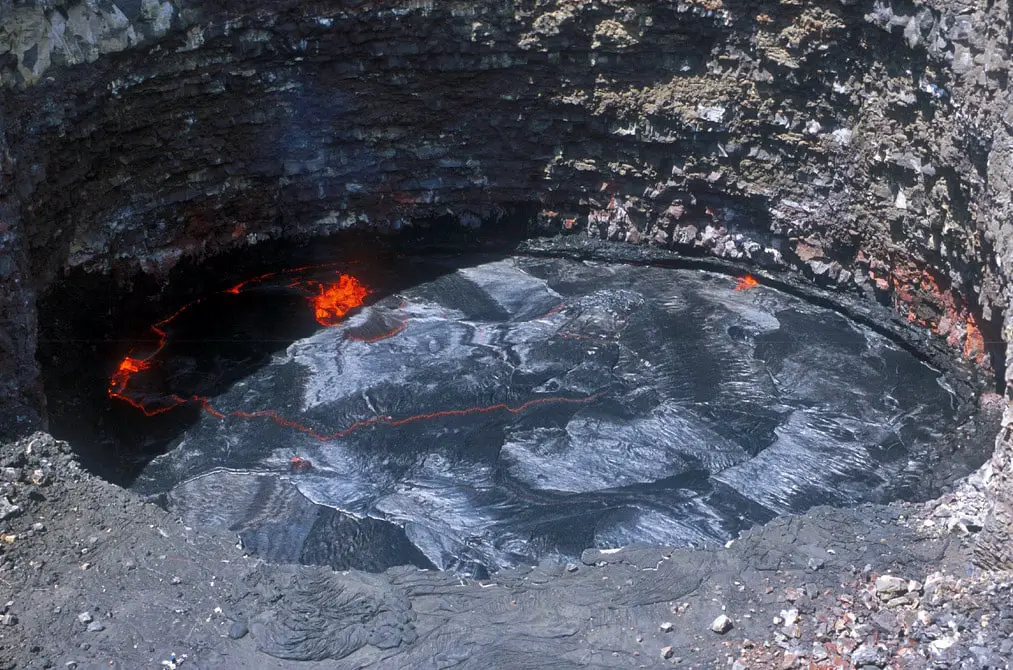
02
Masaya volcano
 54.0%
54.0%
Nicaragua, near Masaya town
Size of the lake: 40 by 40 meters (early 2016)
How long does it exist? Current lava lake exists since December 2015. Lava lakes have existed here earlier as well.
This volcano had the largest known lava lake in the world – in 1670 it was approximately 1 km wide! The current lava lake is very dynamic, with enormous bubbles and unusual speed of lava convection.
03
Mount Erebus
 55.6%
55.6%
Antarctica, Ross Island
Size of the lake: Diameter of 40-60 m (there might be two lakes)
How long does it exist? At least since the discovery of the volcano in 1841
The only active volcano with phonolitic lava on Earth. In 1984-1985 the glow of the lava lake in the night was seen from a distance of some 70 km.
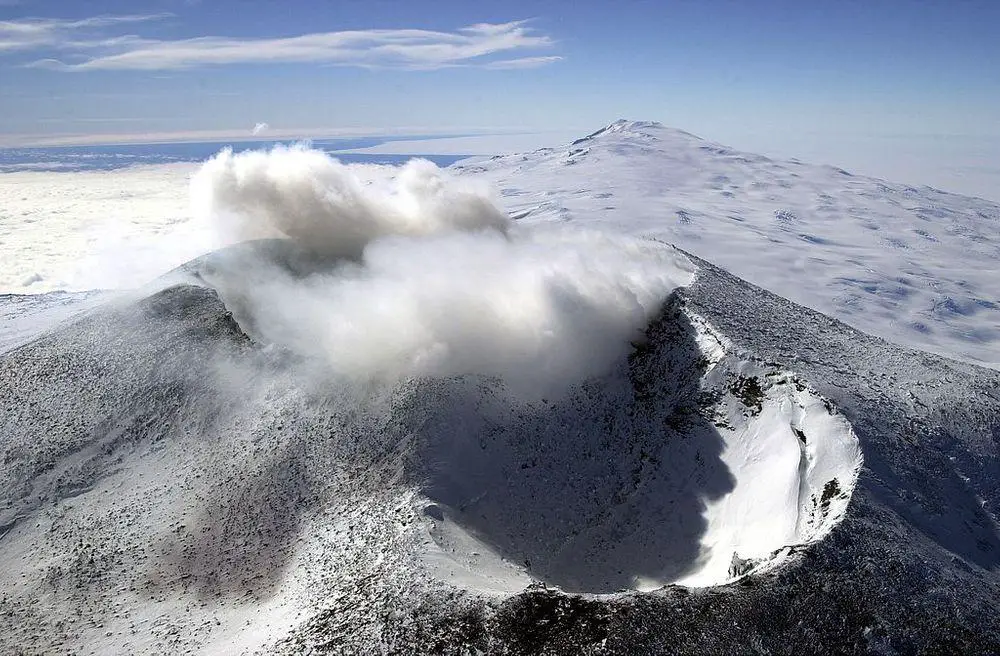
04
Mount Michael
 40.8%
40.8%
South Georgia and South Sandwich Islands, Saunders Island
Size of the lake: Fluctuating between 90 and 215 m in diameter
How long does it exist? Known since around 1995
Lava lake has been known here since around 1995. Nevertheless, scientists got full confidence about it only in early 2019 and mass media often reported that this is a new discovery. People have seen only satellite images of this lava lake – none has ascended the summit of the volcano.
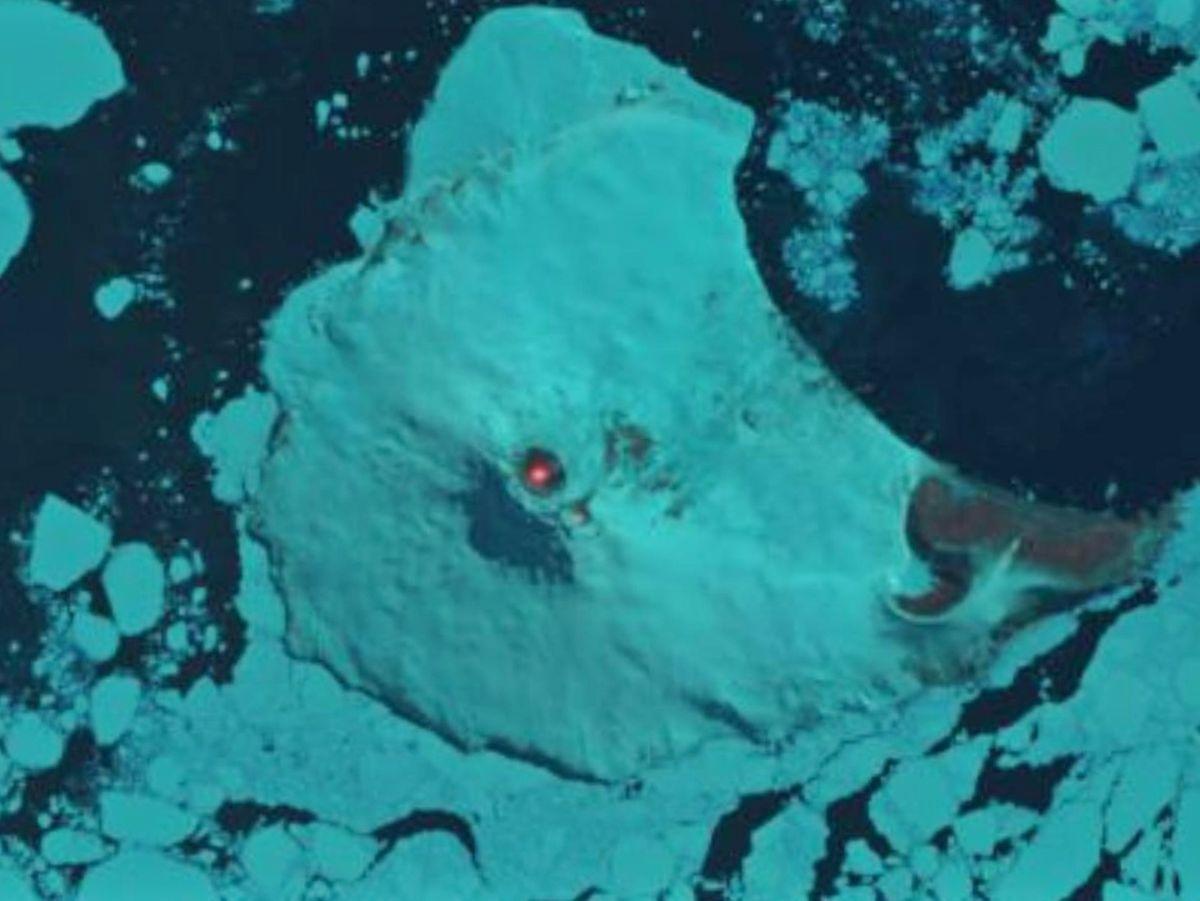
05
Mount Nyamuragira
 48.3%
48.3%
Democratic Republic of the Congo, Virunga Mountains
Size of the lake: Fluctuating
How long does it exist? Current lava lake appeared in April 2018, but lava lakes have existed here earlier
Nyamuragira is the most active volcano in Africa. It produces a major part of sulfur dioxide pollution in the world. This impressive volcano is 3,058 m high.
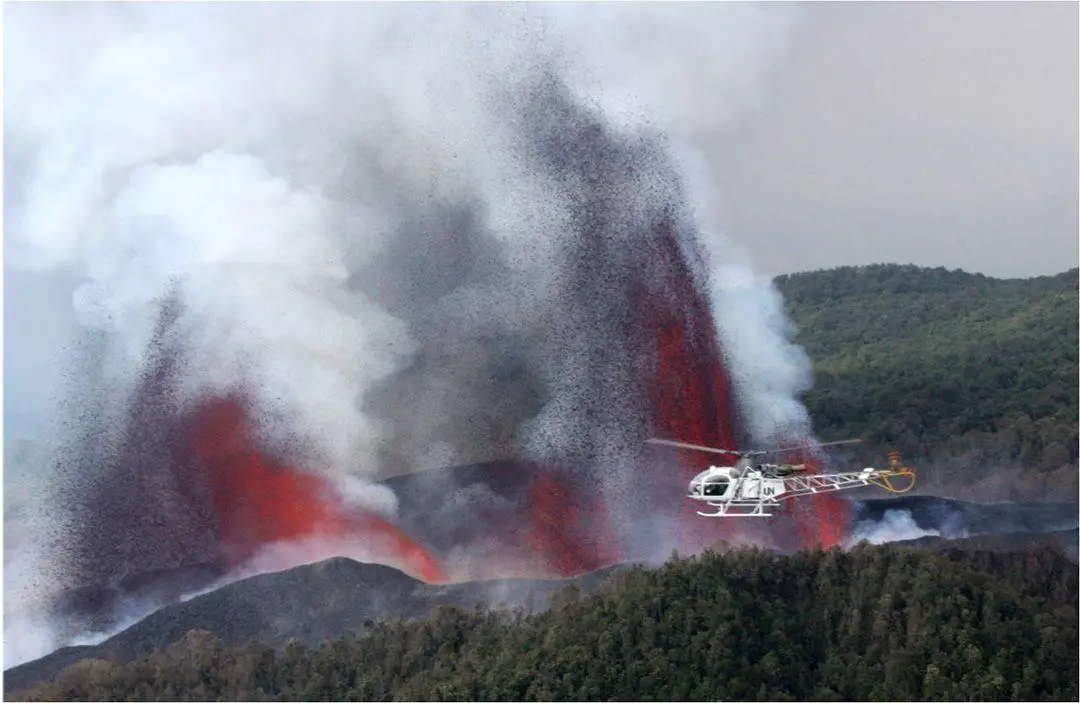
06
Mount Nyiragongo
 53.8%
53.8%
Democratic Republic of the Congo, Virunga Mountains
Size of the lake: Diameter is fluctuating – around 250 m (currently the largest in the world)
How long does it exist? At least since 1948 but most likely – much longer
3,470 m tall volcano. It has a giant crater that is some 1.5 km wide and 500 m deep. There is a permanent lava lake in the crater which frequently has mighty fountains of lava in it. Sometimes lava lake overflows the rim of the crater and floods into the surrounding areas.
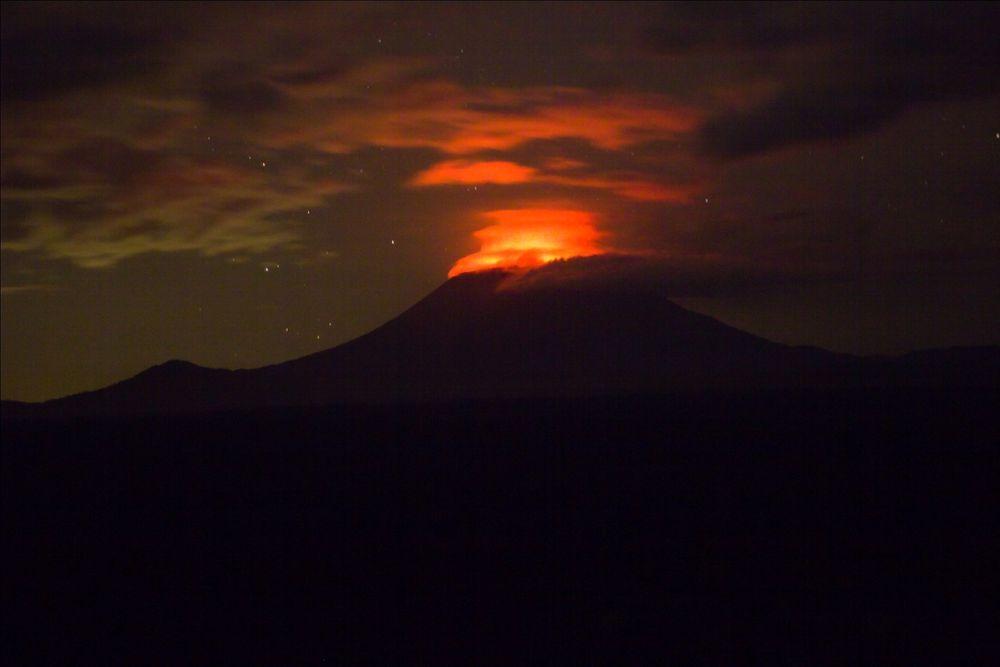
07
Villarrica volcano
 47.0%
47.0%
Chile, Araucania Region
Size of the lake: Intermittent lake. The width of the crater is 50 m but the lake is smaller.
How long does it exist? Several decades
Very active volcano with almost continuous eruptions. The summit of this spectacular, 2,860 m tall volcano is covered with glaciers and snow.
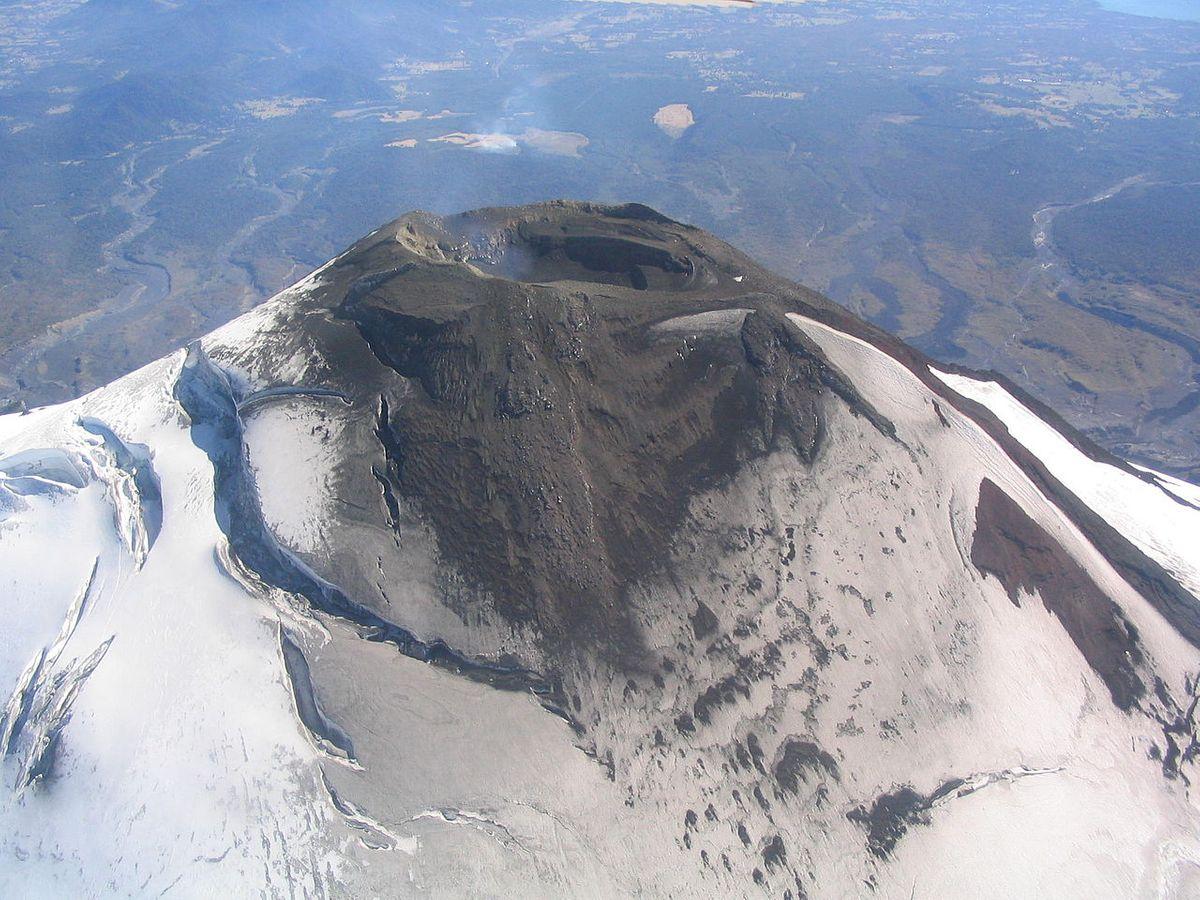
08
Benbow Crater
 46.8%
46.8%
Vanuatu, Ambrym Island
When the lava lake existed? 1990ies – December 2018
One of the most active volcanoes in the world. In areas that have not been affected by the acid rain from the volcano, grows gorgeous tropical forest. The lava lake here disappeared together with the lava lake in the nearby Mbwelesu Crater.
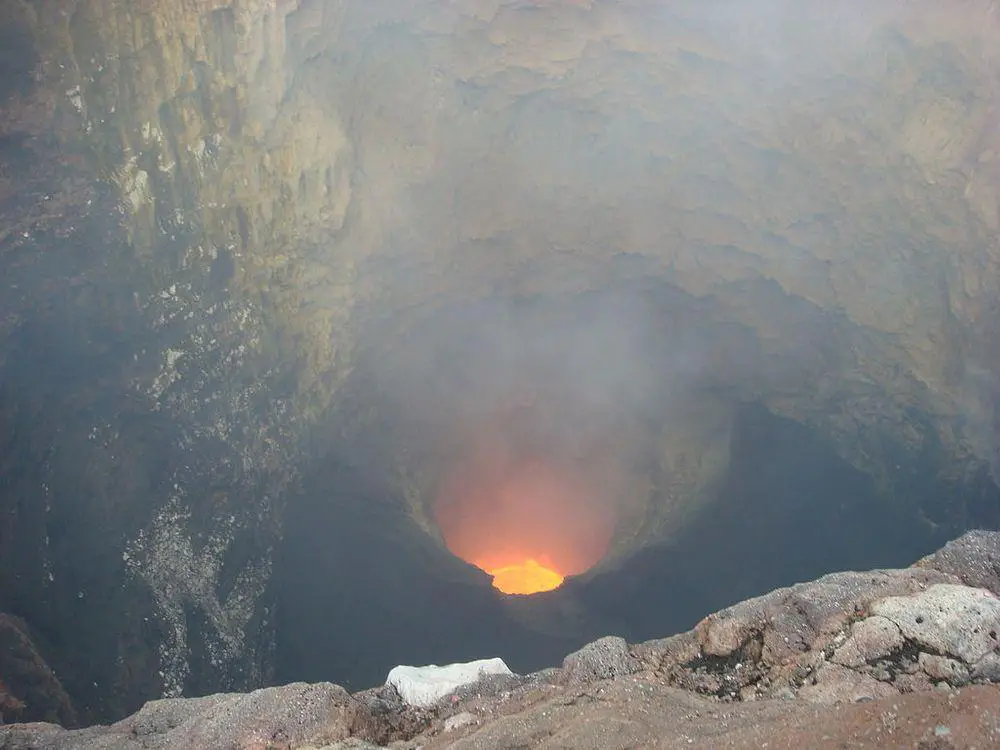
09
Halemaumau Crater, Kilauea
 48.8%
48.8%
United States, Hawaii Island
When the lava lake existed? 1823 (or before) – May 2018
This spectacular and comparatively easily available lava lake seemed to be permanent… until it disappeared in 2018. Nevertheless, Kilauea Crater is a very impressive, continuously changing area!
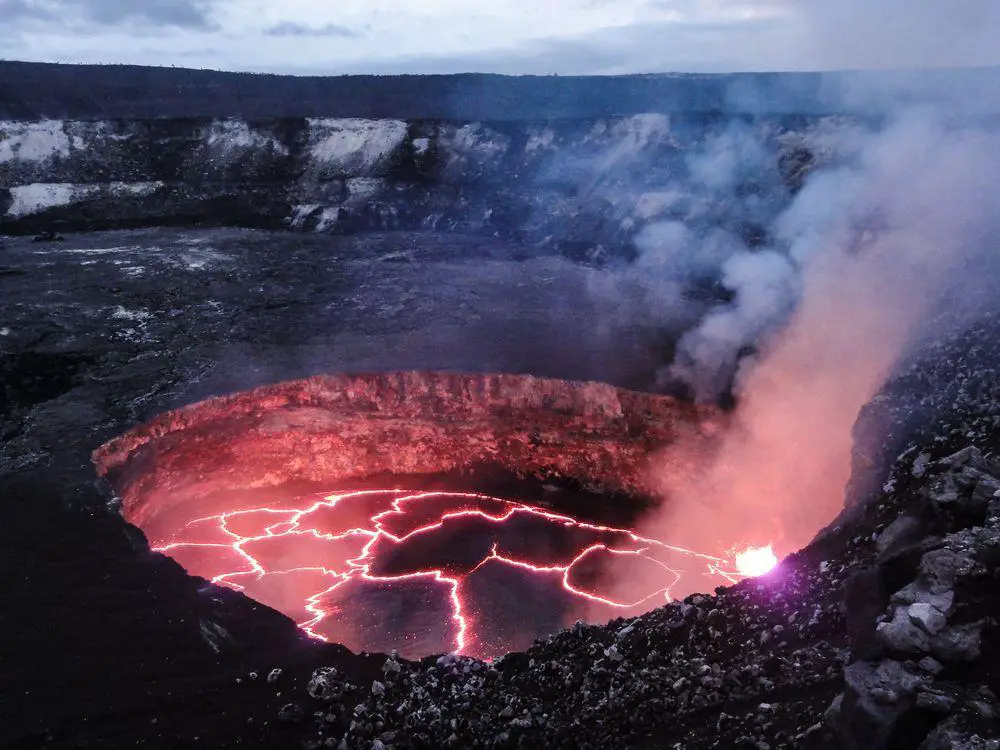
10
Mbwelesu Crater (Marum Crater)
 43.8%
43.8%
Vanuatu, Ambrym Island
When the lava lake existed? From the 1990ies to December 2018
This spectacular lava lake was well visible from the rim of the crater. From this lake rose constant, up to 30 m high lava fountains. Few places on Earth were that mesmerizing. The lava lake in Mbwelesu Crater disappeared together with the lava lake in the nearby Benbow Crater.
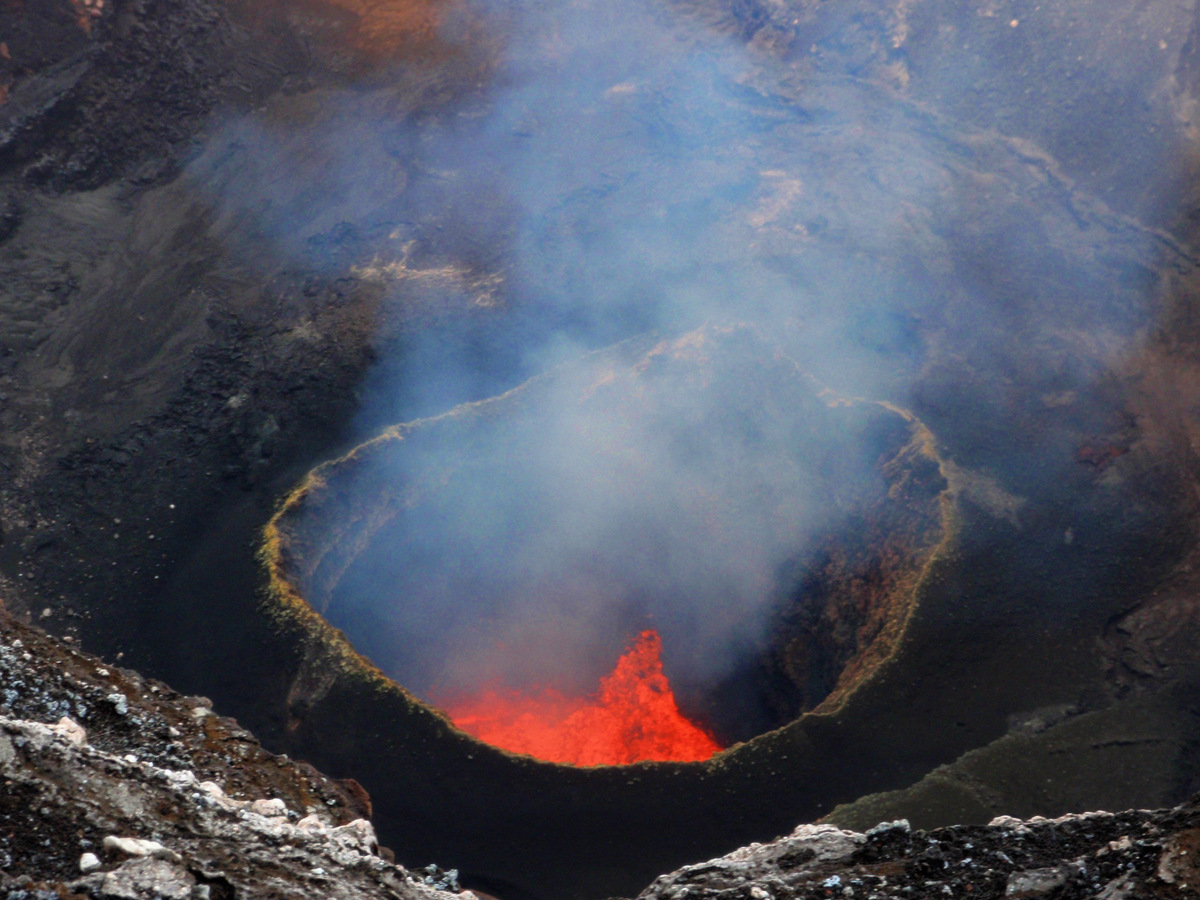
 Recommended books
Recommended books
The Encyclopedia of Volcanoes
Volcanoes are unquestionably one of the most spectacular and awe-inspiring features of the physical world. Our paradoxical fascination with them stems from their majestic beauty and powerful, sometimes deadly, destructiveness. Notwithstanding the tremendous advances in volcanology since ancient times, some of the mystery surrounding volcanic eruptions remains today. The Encyclopedia of Volcanoes summarizes our present knowledge of volcanoes. It provides a comprehensive source of information on the causes of volcanic eruptions and both the destructive and beneficial effects.
When Humans Nearly Vanished
Some 73,000 years ago, the huge dome of Mount Toba, in today’s Sumatra, Indonesia, began to rumble. A deep vibration shook the entire island. Jets of steam and ash emanated from the summit, followed by an explosion louder than any sound heard by Homo sapiens since our species evolved on Earth. The eruption of the Toba supervolcano released the energy of a million tons of explosives. Seven hundred cubic miles of magma spewed outward in an explosion forty times larger than the largest hydrogen bomb and more than a thousand times as powerful as the Krakatau eruption in 1883.

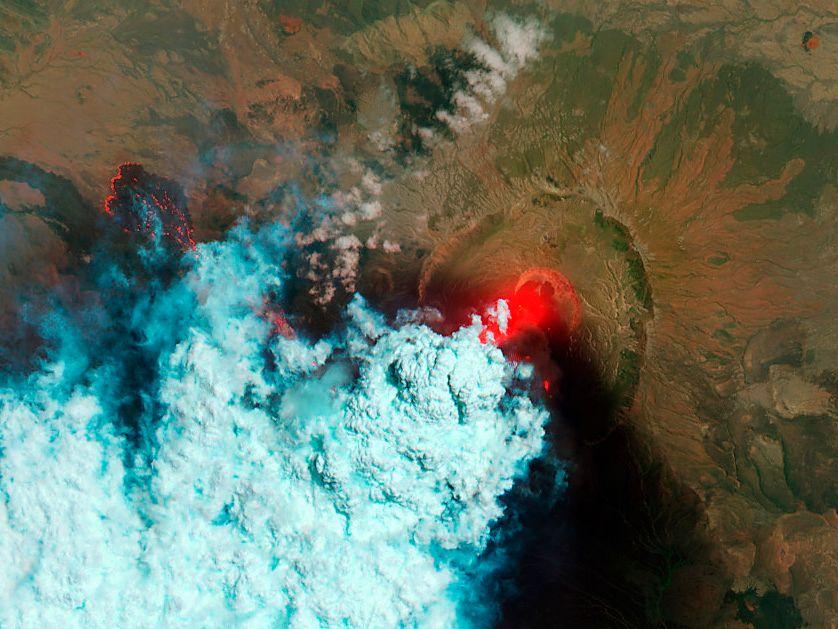
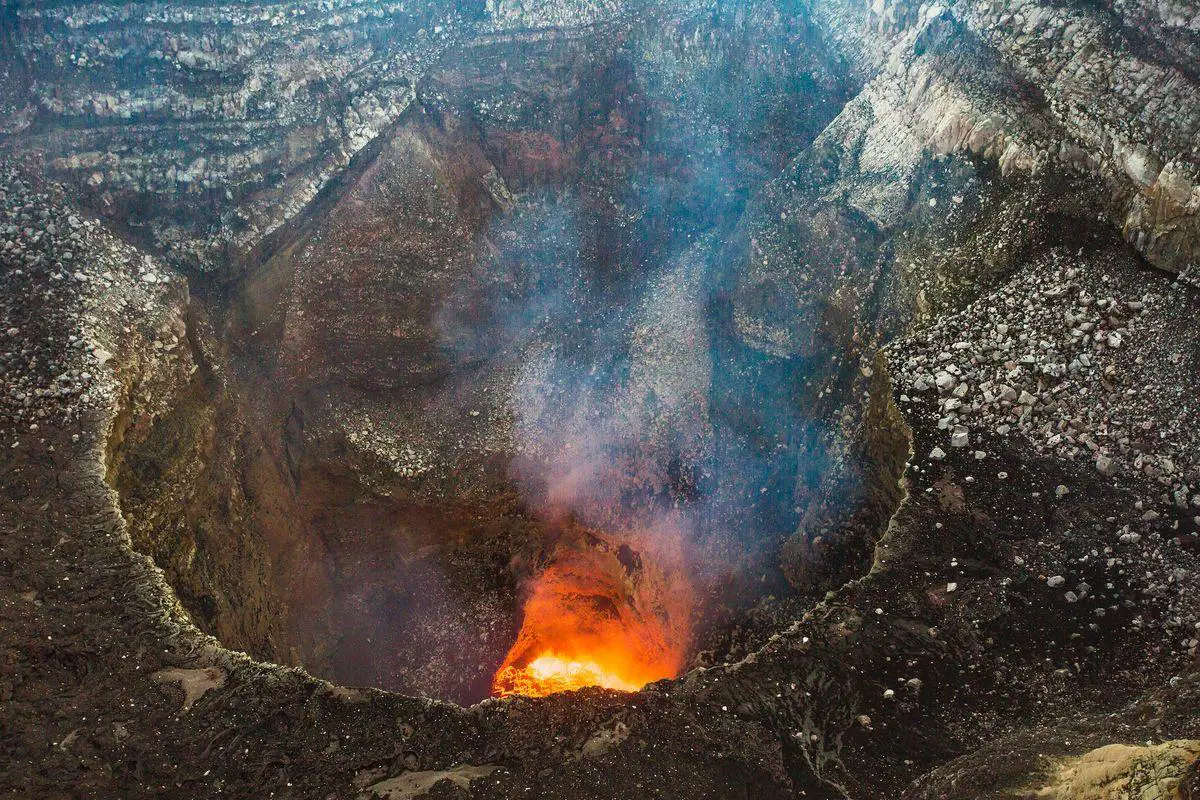


Wow!!